The family of a victim that suffered one of the most horrifying deaths ever in the Byford Dolphin tragedy was successful in their fight for justice.
Northumberland diver Roy Lucas was just 38 when he died in a diving bell accident off the coast of Norway in November 1983, along with four other divers at the infamous Byford Dolphin rig.
Families of the deceased were first told that the blast was an accident that happened after air escaped from the diving bell due to the gauges being tampered with.
But this was far from the truth.

The disaster took place in 1983 (Wikimedia Commons)
The North Sea Divers Alliance (NSDA) found a report that suggested that it was faulty equipment that caused the five workers to be killed.
The divers worked 1,000 feet (305m) below the surface, and carried out construction and maintenance work on the oil rig.
They needed to breathe in special pressurised air that dissolves nitrogen in the divers’ blood.
This is because diving this deep can create issues when resurfacing, as coming to the surface too quickly can cause nitrogen to form bubbles in the body.
All the divers lived in a pressurised facilities, with their living quarters separate to ‘the diving bell’, which could only be released if the doors were fully closed.
But for some reason, it was released too soon, with the air in the living quarters shooting from nine atmospheres to one, the normal surface air pressure, in the blink of an eye.
A ‘tender’ named William Crammond, was hit by the dive bell and killed, though the other tender, Martin Saunders, survived but was in critical condition.
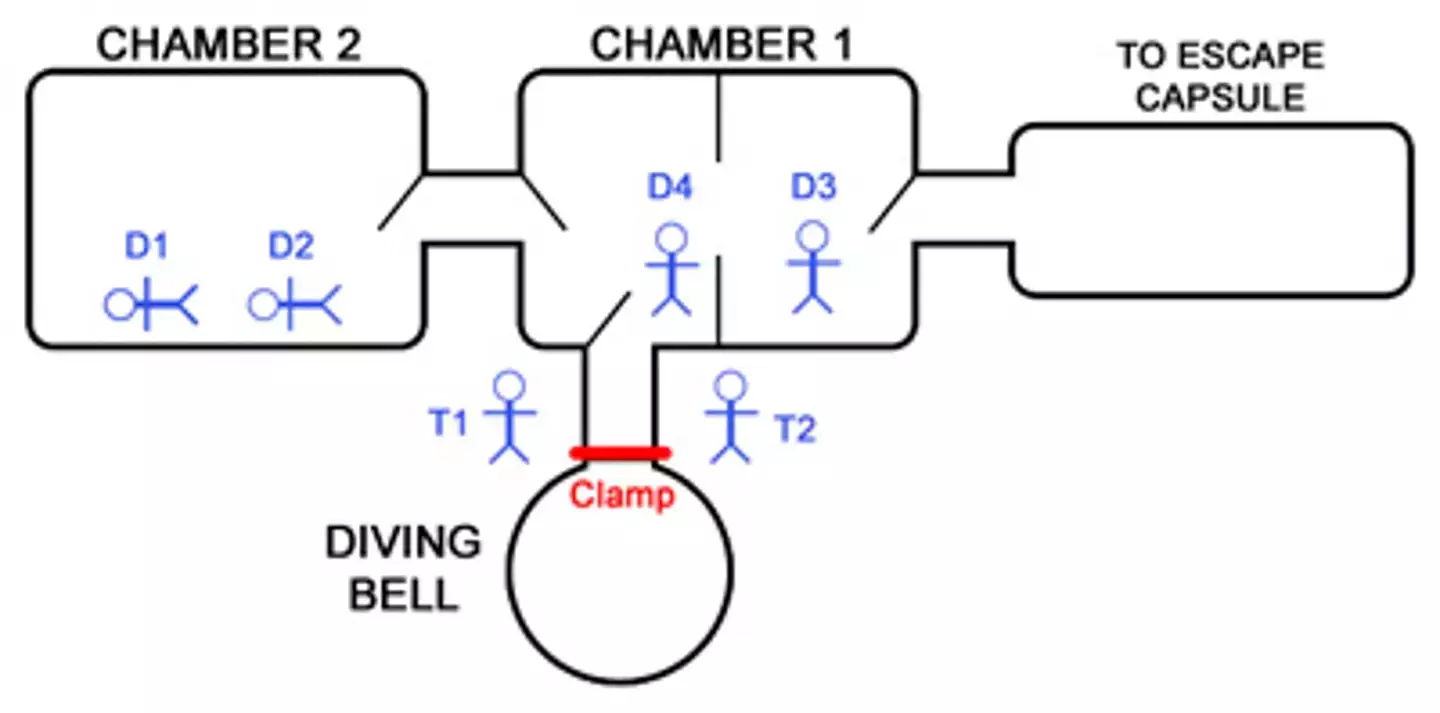
The layout of the chamber (Wikimedia Commons)
Divers Edwin Coward, Roy Lucas, Bjørn Bergersen were worse off, as nitrogen in their blood turned into bubbles, boiling them from the inside.
A fourth driver Truls Hellevik had his body forced through a 60cm hole due to the change in pressure, ‘fragmenting’ his body, as his organs flew around the pod, while remains were found metres away.
They may well be some of the most gruesome deaths ever recorded in human history.
However, the son of British diver Roy Lucas, Stephen, was finally awarded a six-figure sum in compensation from the Norwegian Government after a two-year battle for justice in 2009, 26 years after the tragedy.
The sum was also matched and paid to each of his two sisters, as the 36-year-old criticised the government for their handling of the tragedy.
He stated: “We’ve never even received an apology and that’s disgusting. It was December that we were told we did not meet the criteria for compensation.
“It was then that my sister contacted a solicitor and when push came to shove the Norwegian government decided to review the case.
“We ended up receiving a majority vote and now we are being granted the compensation. But it doesn’t matter because no amount of money will be enough.”
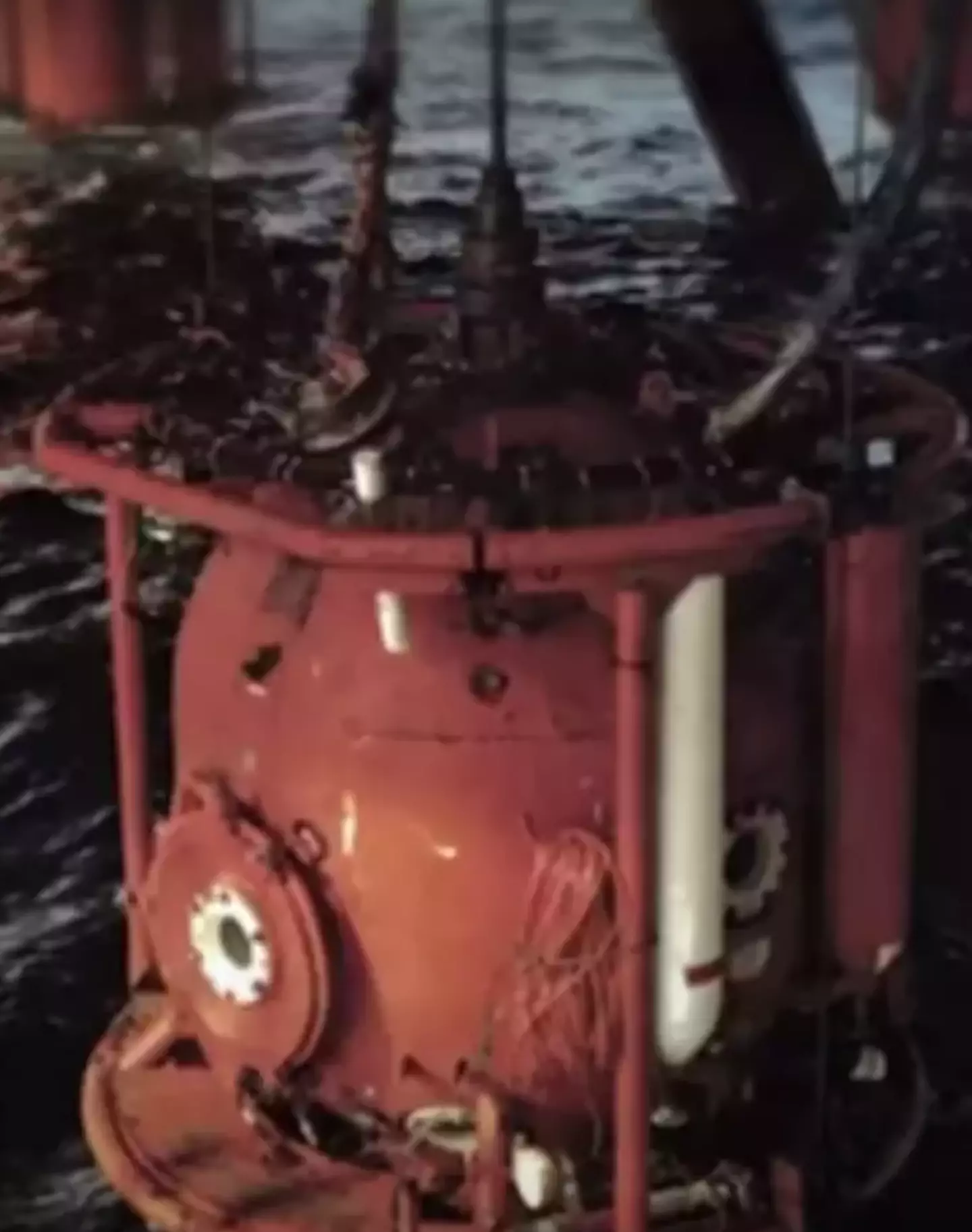
It would ordinarily take days for divers to adjust to the drastic change in atmosphere (Josef Pavlik)
Their father sadly died just one month before he was to see his son, 10 and two daughters Heidi, 14 and Clare, eight, at the time – for the first time since he had separated from his wife Frances eight years prior.
Stephen had to take care of his mother after his father’s death after she developed MS and later died aged 37.
“It’s been a very long fight – it’s around two years ago that the new information came to light. I’m pleased it’s all over but there’s still a lot to fight for. My sister is still dealing with the Government to try to get the back-dated child pension that we were due,” he explained.
A legal loophole stated that because Roy was a British citizen and not registered in the Norwegian national insurance scheme, he would not be entitled to compensation.
NDSA spokesman Tom Wingen said this legal stance was ‘ridiculous’, adding: “You can’t really call this a success – this family are getting part of what they were due many years ago.
“This family have had an incredibly tough life. If they had received the compensation or the benefits that they were legally entitled to at the time of their father’s death, their childhood would have been substantially improved.”
He concluded: “I don’t consider this a victory because it’s a very sad state of affairs that it has taken this long.”
Featured Image Credit: Wikimedia Commons / Josef Pavlik
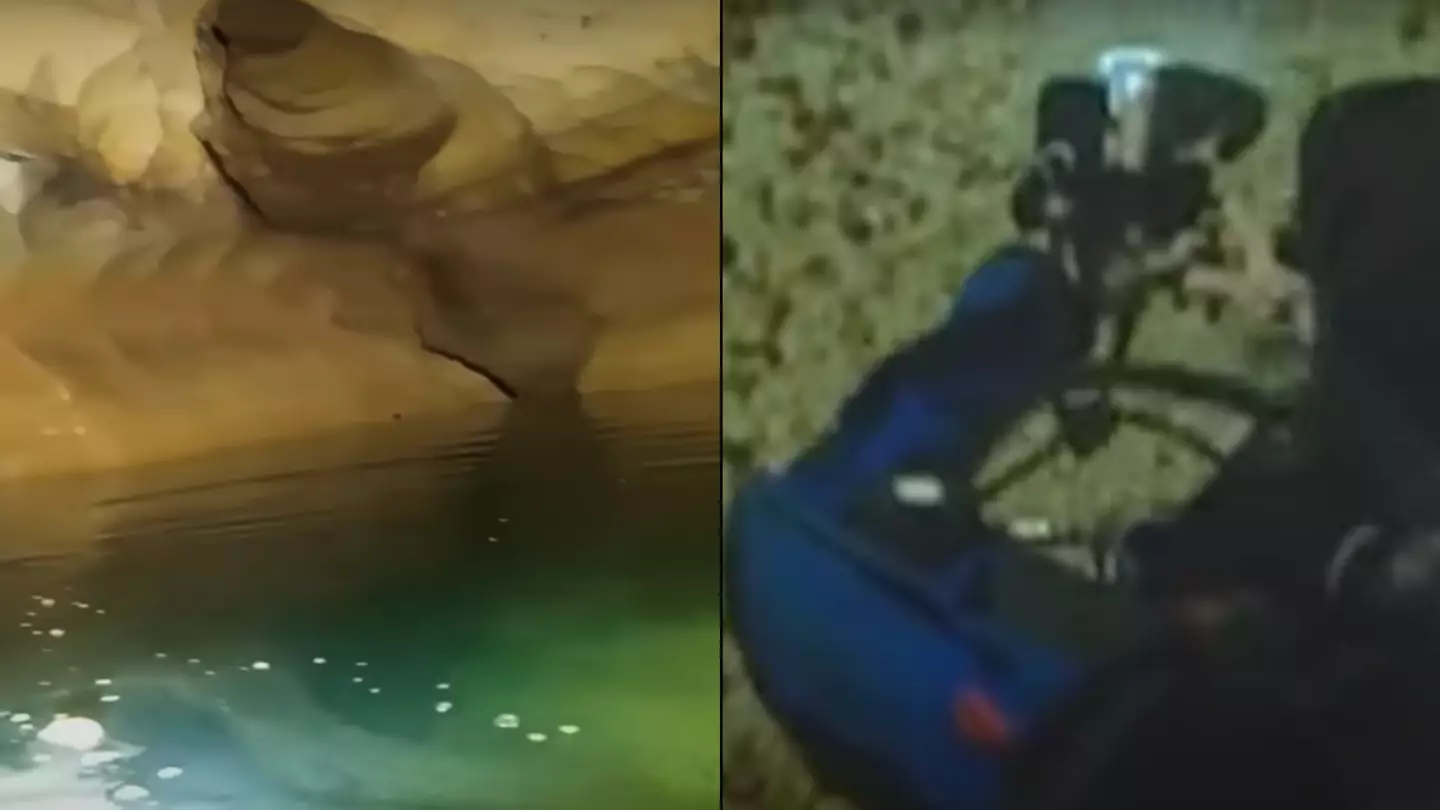
A cave diver who perished in South Africa was able to leave a message for his loved ones before his body was found.
In 1984, a three-man cave diving expedition to the Sterkfontein Caves ended in tragedy when one of their number became trapped.
29-year-old Peter Verhulsel had been diving in the caves with two friends, but he kept leaving the line designed to safely guide the divers back to the exit so he could explore.
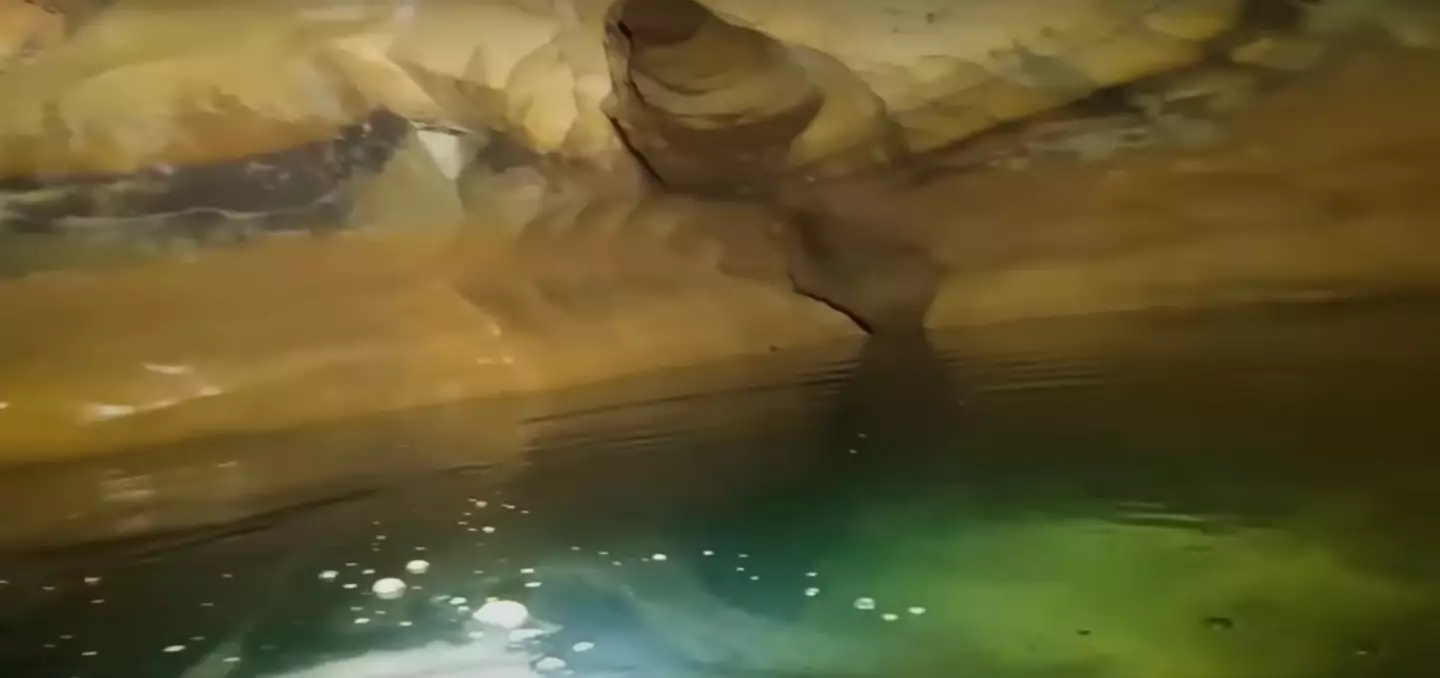
The diver was able to find a small underwater beach, but could not be found himself and died of starvation. (Youtube / Cave Exploring Disasters)
He twice left the line to go exploring before being brought back by his friends, but tragedy struck when he let go for a third time after he became lost in a maze of tunnels.
Verhulsel was able to find his way to a small underground beach where there was breathable air, meaning he wouldn’t run out of oxygen but he didn’t have enough in the tank to try and find his way back out.
Instead, he was stuck waiting in the pitch black darkness and hoping that rescue efforts could find him.
Such efforts were launched, with a six-week search made to find Verhulsel and bring him out of the cave.
Some of the attempts to find him came with 40 yards of his location, but he could not tell they were there and they didn’t know where he was either.
Eventually his body was found, though by the time those searching for Peter made it to his location, he was dead.
An autopsy judged that he must have died of starvation after around three weeks, with little else he could do but stay in the cave and wait to see if he could be rescued.
One thing he did do was leave a message in the sand for his wife and mother, as a message had been written in the ground besides his body, which read: “I love you Shirl and Ma.”
These days the Sterkfontein Caves are a tourist attraction, and was declared a World Heritage Site in 2000.
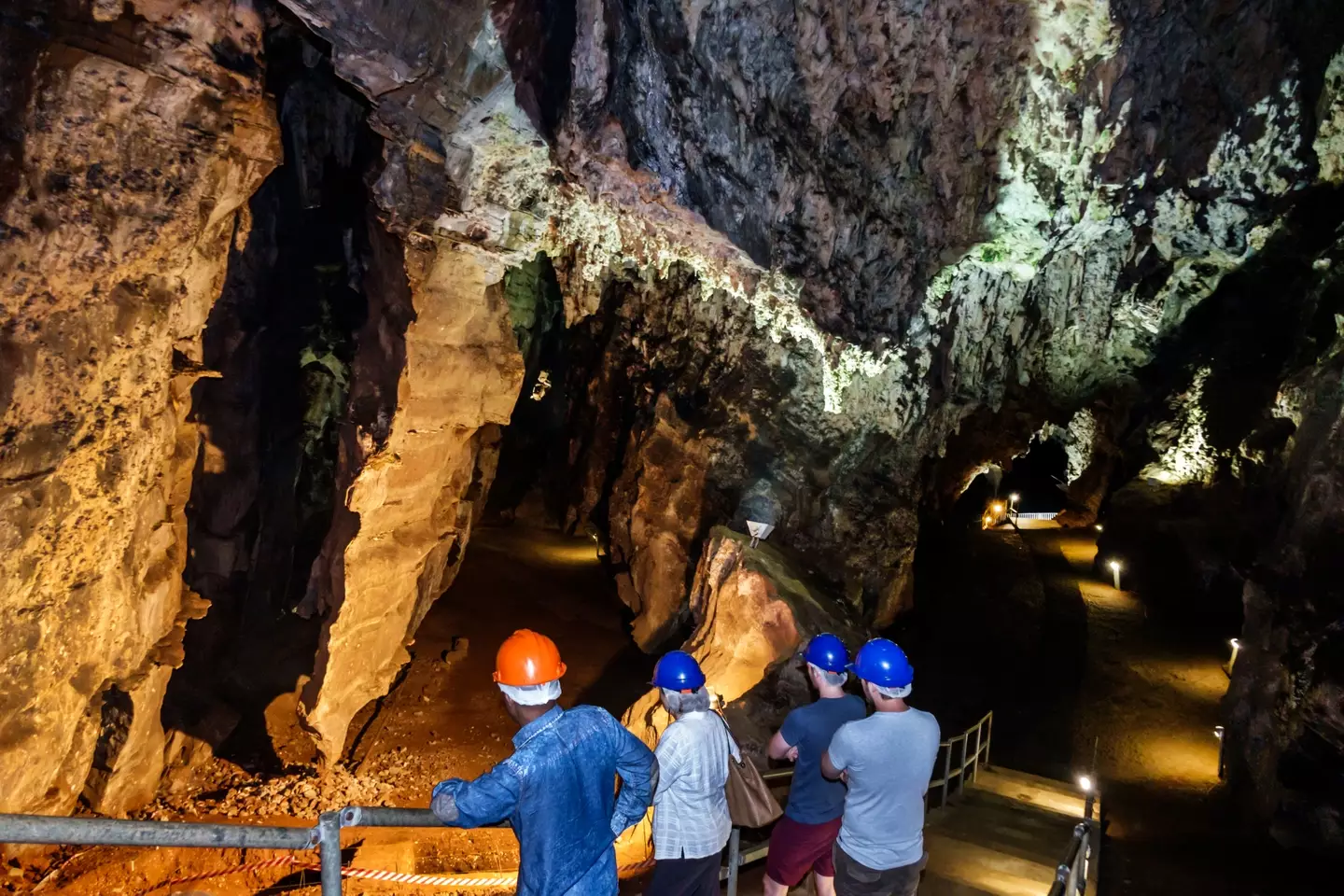
These days the Sterkfontein Caves are a tourist attraction. (Jeffrey Greenberg/Universal Images Group via Getty Images)
It’s part of an area in South Africa that’s known as the Cradle of Humankind, and contains the largest discovered amount of human ancestral remains anywhere in the world.
Cave diving can be a dangerous and tragic activity, as in another South African cave called ‘Bushman’s Hole’, 20-year-old diver Deon Dreyer died in 1994 during a practice dive.
His friends hired a remotely operated submersible to search for his body and were able to find his helmet, but could not find Deon.
A decade later, diver David Shaw found the body but on a subsequent attempt to recover Deon in 2005, he also died.
Both of their bodies were able to be recovered as Shaw had been able to attach a line to Dreyer before he died in the recovery attempt, and other members of the recovery team were able to pull both bodies out.
Featured Image Credit: Youtube / Cave Exploring Disasters
Topics: World News, Travel, History

Valentine’s Day might be all about watching rom-coms and emotional dramas, but for those after something a little more tense, there’s a ‘terrifying’ movie to get stuck into.
Available to watch in the UK, this film is based on the tragic true story of a cave diver who suffered the ‘worst death imaginable’.
In Utah, Nutty Putty Cave was once a popular spot for spelunking, but following the death of experienced spelunker John Edward Jones in 2009, it was sealed off with concrete.
Inspired by his story, the film was released back in 2016. Watch the trailer here:
The Last Descent was a relatively low-budget film but praised as ‘well done’ and ‘gripping’.
Directed by Isaac Halasima, it depicts Jones’ tragic death at Nutty Putty Cave with some viewers saying you feeling like ‘you are in the cave with him’. Yeah, it’s probably not for people looking for something sweet and romantic.
Featuring Chadwick Hopson and Alexis Johnson, it is not only inspired by the tragic incident at Nutty Putty ‘but by the way John lived his entire life’.
Jones became stuck upside down in a particularly dangerous part of the cave known as the ‘birth canal’ and was trapped there for 24 hours.

Excel Entertainment Group
Tragically, each time the 26-year-old breathed, and his chest expanded, it further wedged him inside the tight space with no chance of escape.
His brother Josh was first to discover him trapped in the cave and after trying to help him, went to find help.
The Utah County Sheriff’s Office arrived with rescuers on hand to attempt to free Jones.
“It’s very narrow, very awkward, and it’s difficult to get rescuers down there,” rescuer Shawn Roundy informed the media, adding that Jones was located in ‘absolutely the worst spot in the cave’.
.webp)
Family handout
Despite the rescue attempts, the trainee doctor eventually stopped breathing and became unresponsive, with his body remaining in the cave over a decade on.
The indie film showcases the rescue crew trying to save Jones, before he leaves behind his pregnant wife and young daughter.
The Last Descent has a decent 73 percent audience score on Rotten Tomatoes, with viewers warning ‘you’ll need tissues’.
Another called it ‘inspirational’ and ‘heartbreaking yet beautiful’. One also said: “Tragic, but uplifting, this is not the story you are expecting.”
However, others do say it’s ‘amateur’, ‘painfully cheesy’ and ‘has a scrappy feel’.
Others called it ‘harrowing and claustrophobic’ and warned the film isn’t for everyone, especially since it’s based on such a tragic true story.
One fan warned: “As you’d expect, this is not for anyone who has above average claustrophobia and it’s tough enough anyhow.
“They soften the technical details of how he’s stuck, but the point is clear.
“Knowing it’s a true story and knowing the ending doesn’t make it easier.”
The Last Descent is available to watch on Prime Video.
Featured Image Credit: Excel Entertainment Group/Family Handout
Topics: TV and Film, US News

A man died in excruciating pain, ‘crying blood’ as his ‘skin melted’, reportedly begging doctors to stop treating him.
Hisashi Ouchi was a technician at the Tokaimura Nuclear Power Plant, about 90 miles northwest of Tokyo.
Disaster struck in 1999 when three workers attempted to pour uranium into a huge metal vat.
Ouchi was helping a colleague with the dangerous task, but due to a miscalculation, the harmful liquid reached ‘critical point’, releasing dangerous neutron radiation and gamma rays into the building.
Unfortunately, none of the men involved in the delicate process were trained to carry it out, as it was later discovered that it involved 16kg of uranium, 13.6kg over the limit.
Reports state that, due to the fact that workers were manually carrying out the procedure, there was no way of measuring how much was being transferred.
Ouchi got exposed to more radiation than the other workers, suffering burns, becoming dizzy, and violently vomiting.
The 35-year-old’s nightmare was only getting started though.

Public Domain
It was discovered that Ouchi had absorbed 17 Sieverts (sv) of radiation, which is still the highest amount of radiation taken on by a single living person, around twice the amount that should kill someone.
For comparison, emergency responders at Chernobyl were exposed to just 0.25 sv.
After he was rushed to the University of Tokyo Hospital, the area surrounding the plant was put into lockdown.
Doctors discovered that there were no white blood cells in Ouchi’s body, and that he was in desperate need of extensive skin grafts and multiple blood transfusions.
Exposure to the dangerous substance reportedly left him ‘crying blood’, bleeding from his eyeballs.
Doctors desperately tried to keep him alive, but Ouchi begged them to stop just a week into treatment.
Ouchi reportedly yelled: “I can’t take it any more! I am not a guinea pig!”

Public Domain
However, at the request of his family, doctors were able to get it started again.
But on 21 December that year, Ouchi’s body eventually gave out and he died as a result of multiple organ failure.
The technicians’ supervisor, Yutaka Yokokawa, also received treatment, but was released after three months with minor radiation sickness, before going on to face charges of negligence in October 2000.
Nuclear fuel company JCO later paid $121 million to settle 6,875 compensation claims from people and businesses who had suffered from or been exposed to radiation from the accident.
Featured Image Credit: Public Domain
Topics: News
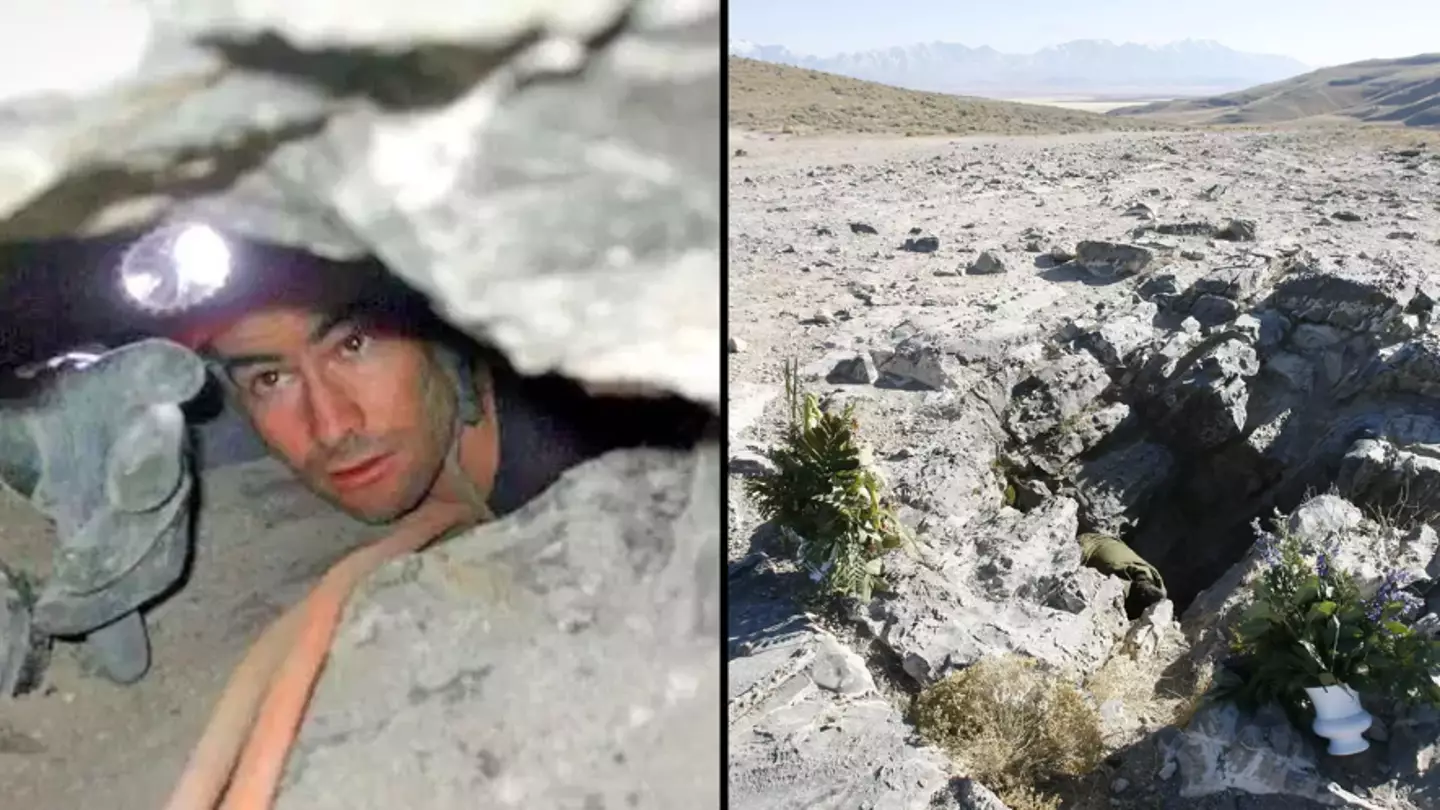
The Nutty Putty Cave was already notorious among the caving community and welcomed thousands of visitors each year, but it became infamous across the world following the tragic passing of John Edward Jones.
The 26-year-old is said to have suffered the ‘worst death imaginable‘ inside the tourist attraction, situated southwest of Utah Lake and around 55 miles from Salt Lake City, when he fatefully headed inside with his family.
John and three of his relatives had decided to explore the Nutty Putty Cave on 24 November, 2009, just a few days before the Thanksgiving holiday in the US – but sadly, the dad-of-one never made it back out.
The medical student and explorer, who considered himself an experienced caver, is said to have essentially ‘crawled into his own grave‘ when he climbed inside the hydrothermal cave 15 years ago.
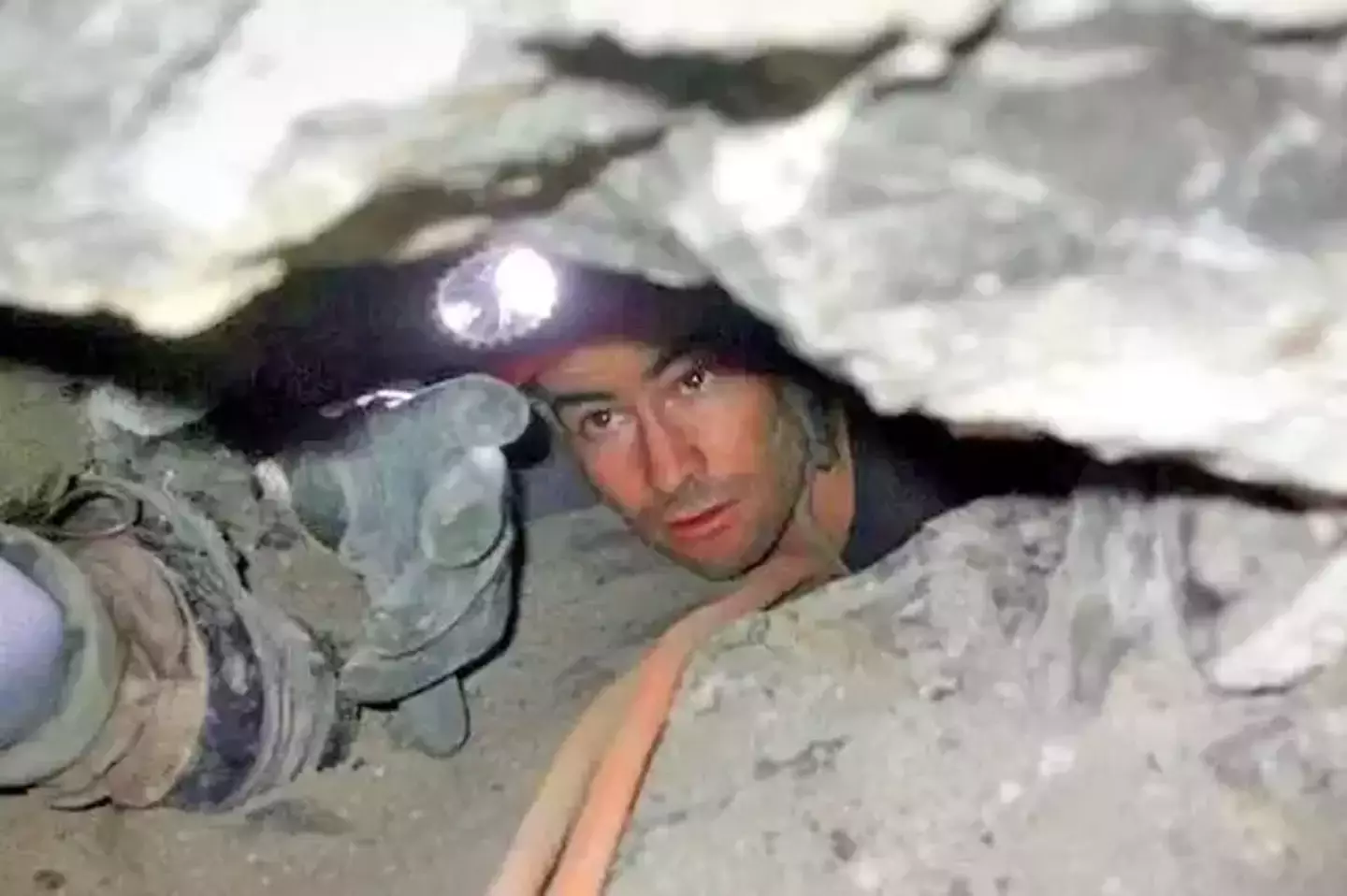
John Edward Jones became trapped inside the Nutty Putty Cave. (Family Handout)
Although even Boy Scout troops and college students had been inside the Nutty Putty Cave, it was well known for being extremely narrow with tight twists, turns and crawls, where four separate rescue operations had already taken place.
Despite this, the six foot tall and 200lbs John was keen to travel deep into an extremely tight, but still doable, passageway which had a turnaround at the end, known as ‘The Birth Canal’.
But the young man had unknowingly taken a wrong turn and had mistakenly entered an unmapped passageway – where he ended up getting trapped in an area measuring just 10 inches by 18 inches.
John was stuck upside-down inside the cave, before he went on to endure what YouTuber FatalBreakdown described as ’27-hours of claustrophobic hell’ while his brother Josh helplessly watched on.
He was wedged around 400ft from the cave’s entrance with no way to turn around, while one arm rested above his head and the other dangled down by his side – prompting a huge rescue mission.
Volunteer Susie Motola explained that despite being trapped on a downward angle, John was still quite chipper.
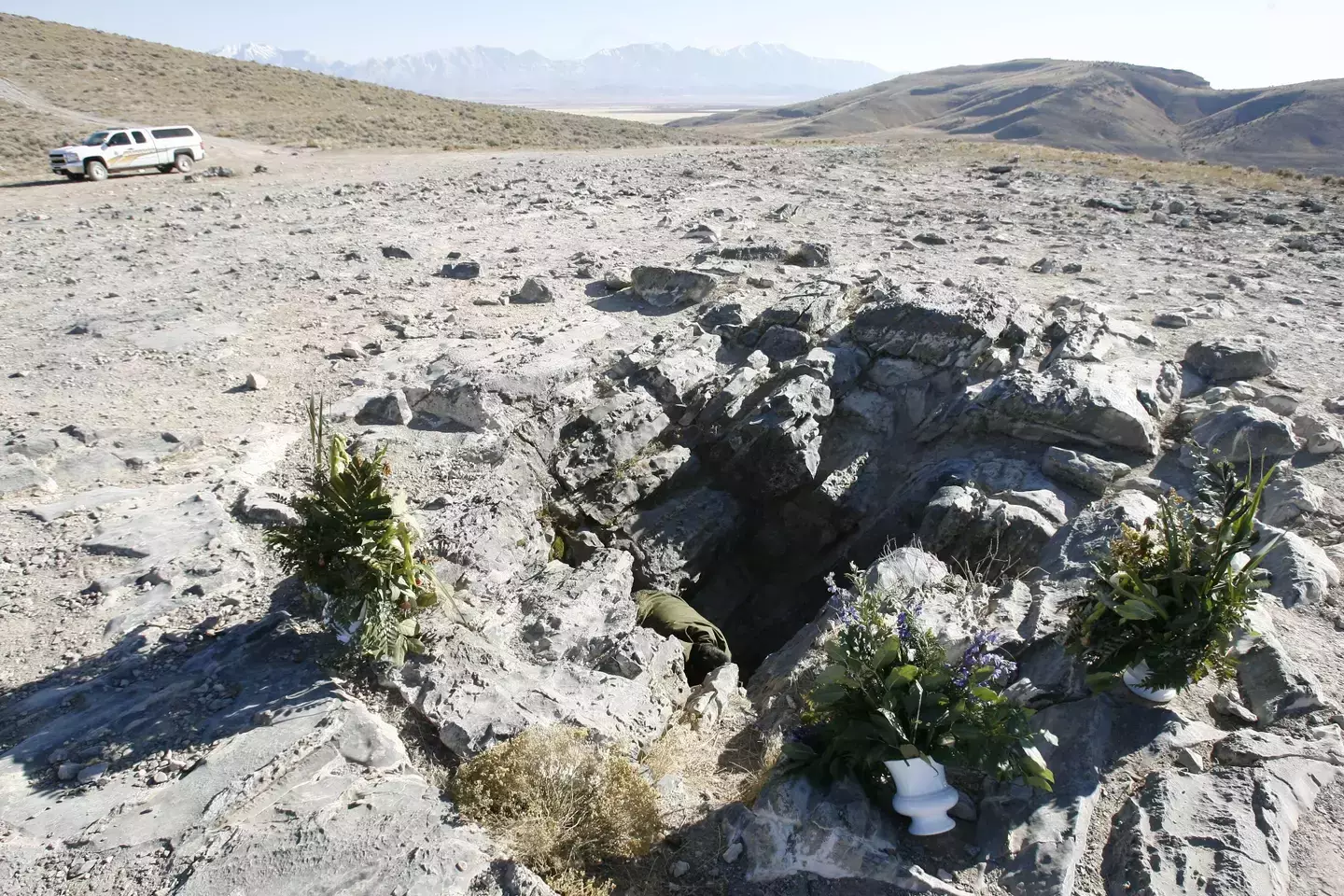
The dad became stuck in a narrow passageway around 400ft from the cave’s entrance. (YouTube/Fascinating Horror)
He told her: “Hi Susie, thanks for coming but I really, really want to get out.”
Moments of utter panic did ensue though, during which John said: “I’m going to die right here. I’m not going to come out of here, am I?”
More than 100 emergency responders were involved in the efforts and they set up a rope-and-pulley system in the hopes of being able to free him from the passageway.
It seemed to be working for a second and the team were able to lift him high enough to make eye contact with the rescuer who was closest to him, who asked how he was doing.
John responded: “It sucks. I’m upside down. I can’t believe I’m upside down. My legs are killing me.”
But suddenly, the pulley system failed under the strain which plunged John back down into the hole and into an even more unfortunate position.
A metal carabiner had slammed into rescuer Ryan Shurtz face and injured him in the chaos – which is what John was more concerned about, even though he was confined inside the Nutty Putty Cave.
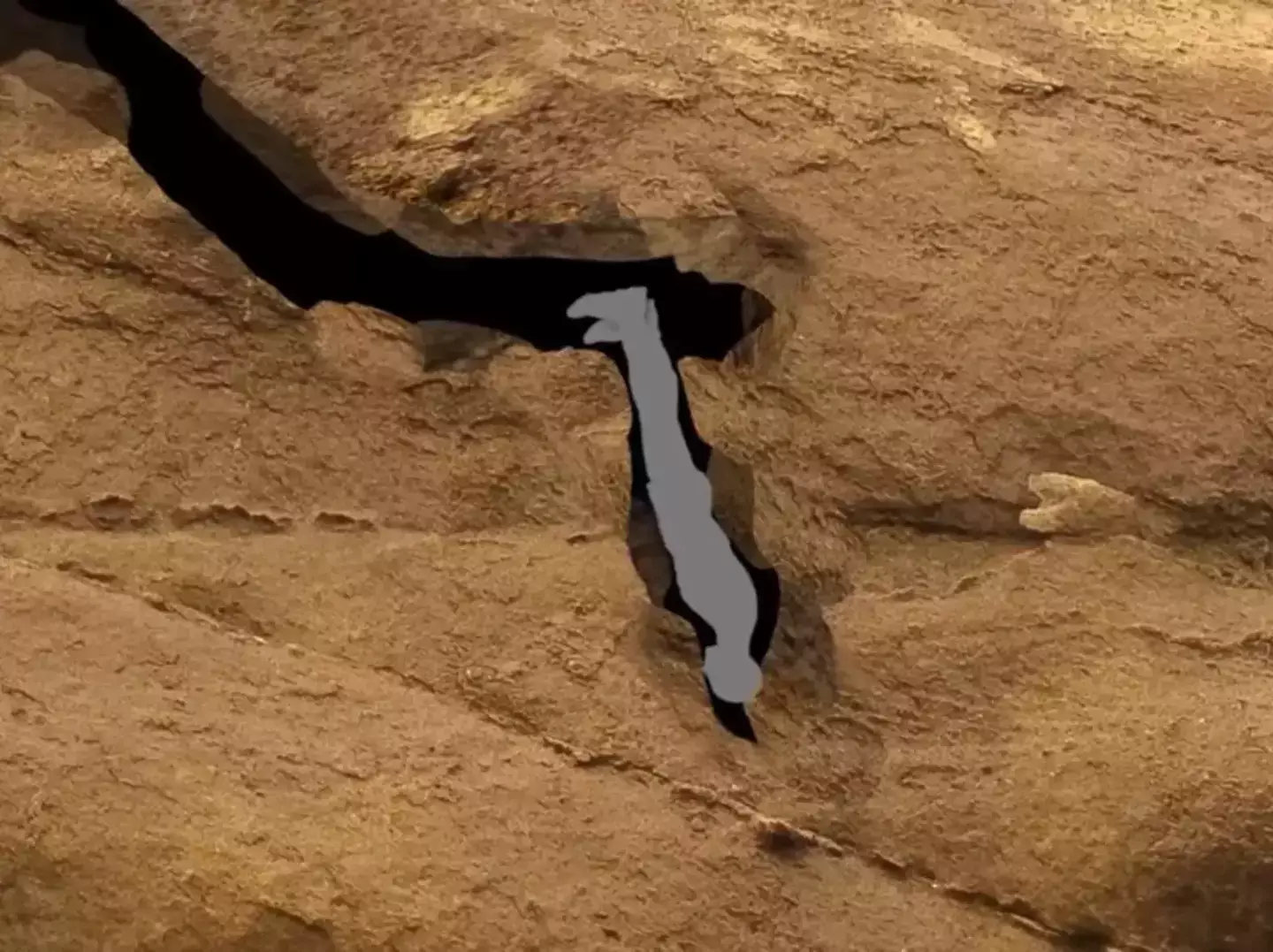
The caver passed away after spending 27 hours upside down. (Reddit)
He apparently asked: “Is he OK? I think he’s really hurt bad.”
Another rescuer switched positions with Shurtz, who then realised that John’s breathing had become much more shallow and a lot less frequent as he struggled to hold on any longer after an exhausting 27 hours being stuck upside down.
Ultimately, the responders were unable to reach the dad to free him and he was pronounced dead on 25 November, 2009, after he suffered a cardiac arrest.
It was deemed far to dangerous to try and retrieve his body, prompting the Jones’ family and the landowner to come to an agreement to permanently close the cave with John still inside.
The Nutty Putty Cave became a memorial to Jones, while the entrance hole was filled with concrete to prevent further access – while John’s story lives on as a cautionary tale to cavers around the world.
Featured Image Credit: YouTube/Fascinating Horror/The Jones Family handout/CBS




